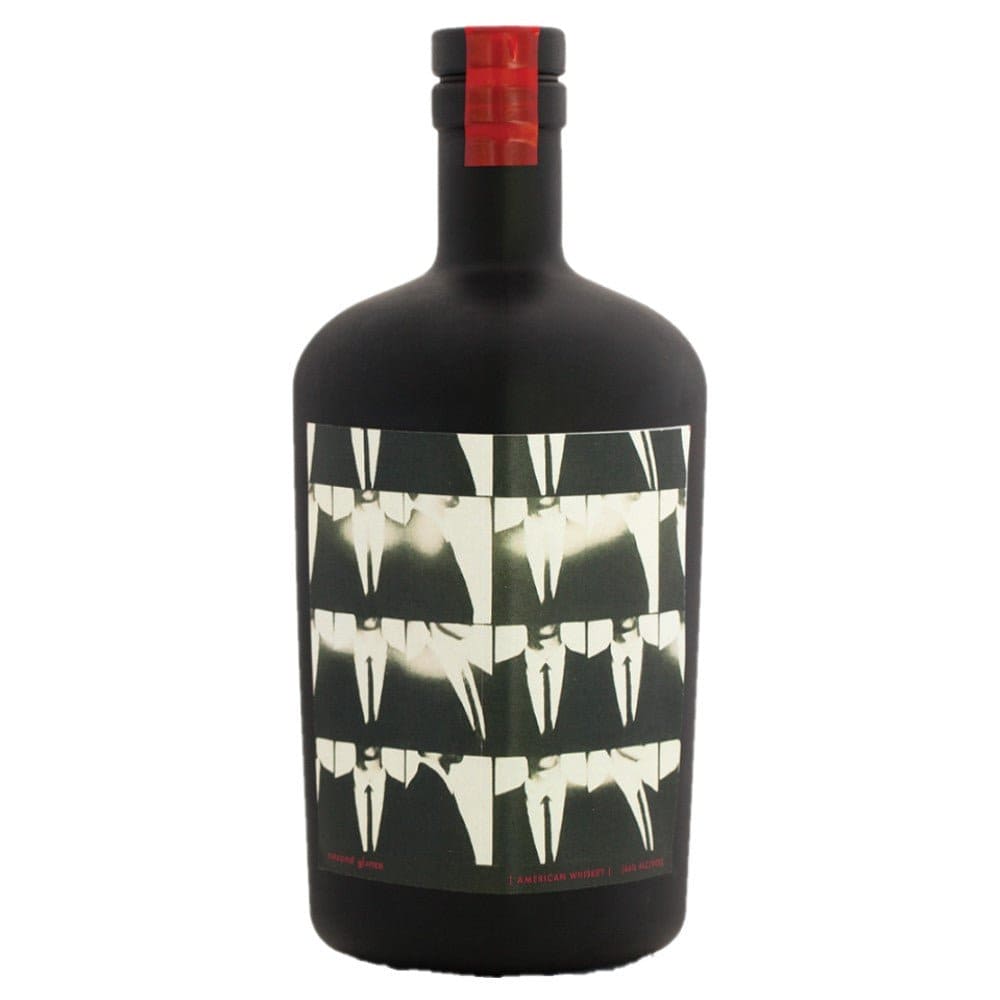
Savage & Cooke Second Glance American Whiskey
Savage & Cooke Second Glance American Whiskey
Introducing the highly anticipated Savage & Cooke Second Glance American Whiskey, a masterful creation by renowned distiller Dave Phinney. This exquisite whiskey transcends mere drinking; it’s an experience crafted for both connoisseurs and novices alike.
Key Features:
- Aged to Perfection: Aged for a minimum of five years in carefully selected ex-Bourbon barrels, resulting in a deep and rich flavor profile.
- Unique Finishing: Undergoes a distinctive finish in wine barrels sourced from Dave’s own Napa Valley Cabernet projects, adding a unique layer of flavor.
- Aromatic Complexity: Experience enticing aromas of maple wood, cardamom, buttery toast, and luscious black cherries upon the first pour.
- Rich Flavor Profile: Savor a harmonious blend of honey, caramel, hazelnut, and baked dark fruits for a remarkably bold taste.
- Layered Finish: The finish is a complex experience that lingers long after the last sip, inviting you to indulge again.
Indulge in the Savage & Cooke Second Glance American Whiskey: a toast to innovation, craftsmanship, and a celebration of flavors that tell a story in every drop. Elevate your whiskey experience today!

Explore a World of Spirits and Liquor through our Comprehensive FAQ Section.
Discover a World of Spirits and Liquor in our Helpful FAQ Section.
Types of Spirits
- Whiskey: Made from fermented grain mash and aged in wooden casks.
- Vodka: Typically distilled from grains or potatoes and known for its clear, neutral flavor.
- Rum: Produced from sugarcane byproducts like molasses or sugarcane juice.
- Tequila: Made from the blue agave plant, primarily in the area surrounding Tequila, Mexico.
- Gin: Distilled with botanicals, primarily juniper berries, giving it a distinctive flavor.
Production Process
- Fermentation: The process where yeast converts sugars into alcohol.
- Distillation: Separating alcohol from the fermented mixture to increase its concentration.
- Aging: Storing spirits in barrels to develop flavors over time.
Tasting and Pairing
- Tasting Notes: Learn to identify different aromas, flavors, and textures.
- Food Pairings: Discover which spirits complement various dishes, enhancing the dining experience.
Cocktails and Mixology
- Classic Cocktails: Recipes and techniques for making popular drinks like the Old Fashioned, Martini, and Mojito.
- Mixology Tips: How to balance flavors and create your own cocktail recipes.
History and Culture
Origins: The historical background of different spirits.
Cultural Significance: How spirits are enjoyed and celebrated around the world.

